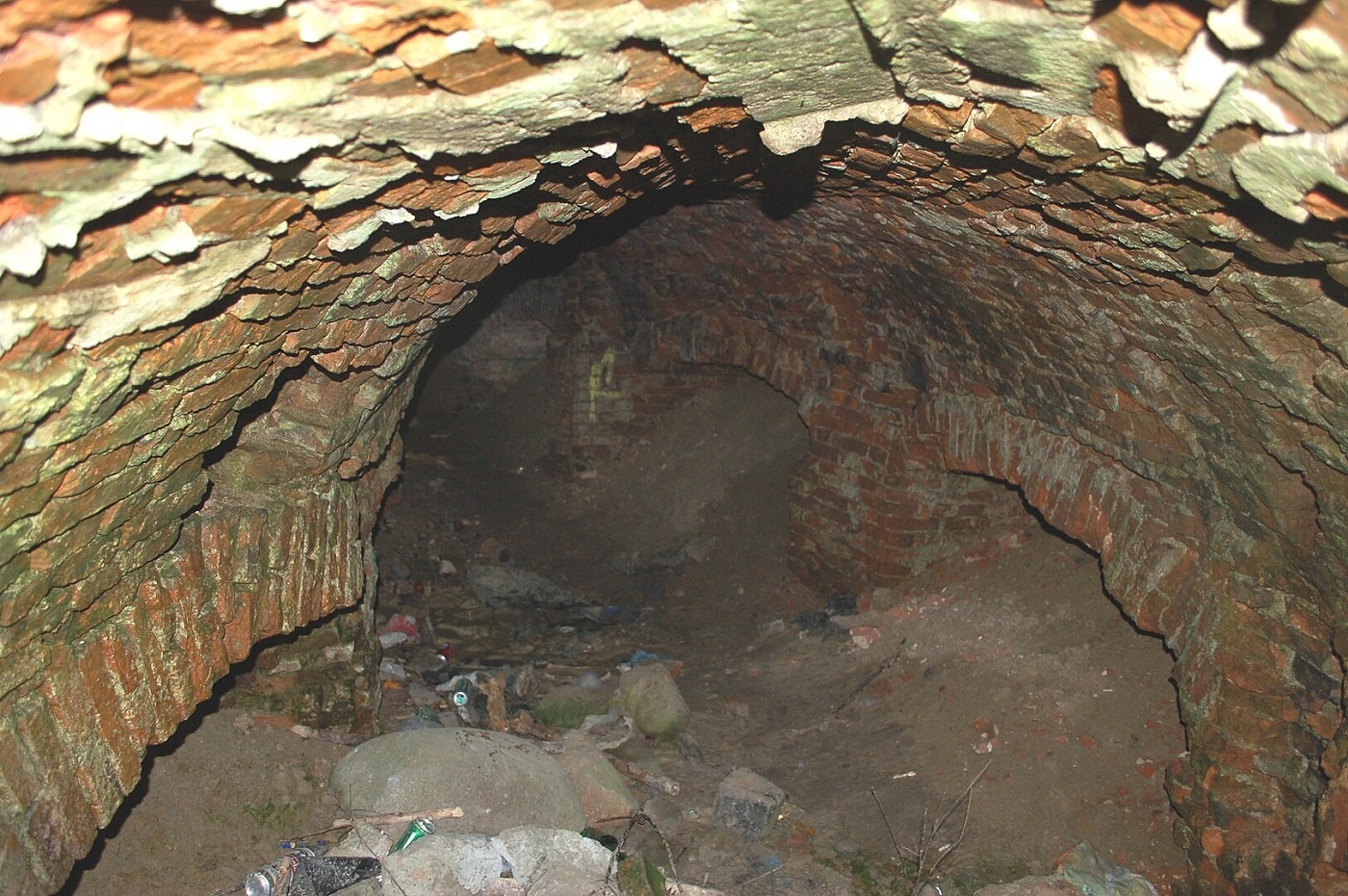Archaeologists have excavated part of a mysterious tunnel system beneath Gucin Gaj, a park complex located in the Mokotów district of Warsaw, Poland.
The park is situated on the former Wilanów Estate, one of the branch residences of the Royal Wilanów Palace.
In the northwest area of Gucin Gaj, near St. Catherine’s Church, lies a barrel-vaulted U-shaped tunnel system that extends for approximately 65 metres. Symmetrically placed alcoves line both sides of the tunnel, some containing three rows of niches that create the appearance of a catacomb.
During the early 19th century, the tunnel and surrounding area was purchased by Stanisław Kostka Potocki, a Polish noble and minister. Stanislaw was also a prominent member of the Freemasons, earning the title of Grand Master of the Grand National Orient of Poland.
Because of his Masonic credentials, the tunnel was rumoured to have served as a secret meeting place for Freemason ceremonies and rituals. Although no contemporary sources or written accounts have confirmed this, the register of monuments still refers to the tunnel as the “Masonic graves” to this day.
Excavations of a 5×5 m area covering the tunnel entrance and part of the interior corridor have been conducted by the Institute of Archaeology of Cardinal Stefan Wyszyński University, working in collaboration with the Office of the Warsaw Conservator of Monuments.
The removal of accumulated material has revealed 19th century walls that formed the entranceway from the time of Stanisław’s ownership, in addition to much earlier brick-built walls that date from around the 17th century. Archaeologists also discovered coins from the 17th century that help establish the tunnel’s historical timeline, alongside several objects from the Medieval period.
According to a report by the conservator’s office, the 17th century architectural elements are likely the remains of a cistern structure or icehouse for collecting and storing water to supply Wilanów Palace a few kilometres away.
This is supported by records written by Augustyn Locci (1640 – 1732), court architect of Jan III Sobieski, who describes the construction of an icehouse and water intake on the northern slope of the Góra Służewska escarpment (in Gucin Gaj). Supposedly, upon tasting the waters, the king would have the waters transported to Wilanów Palace to irrigate the gardens.
Header Image Credit : – CC BY-SA 3.0
Sources : Science In Poland







